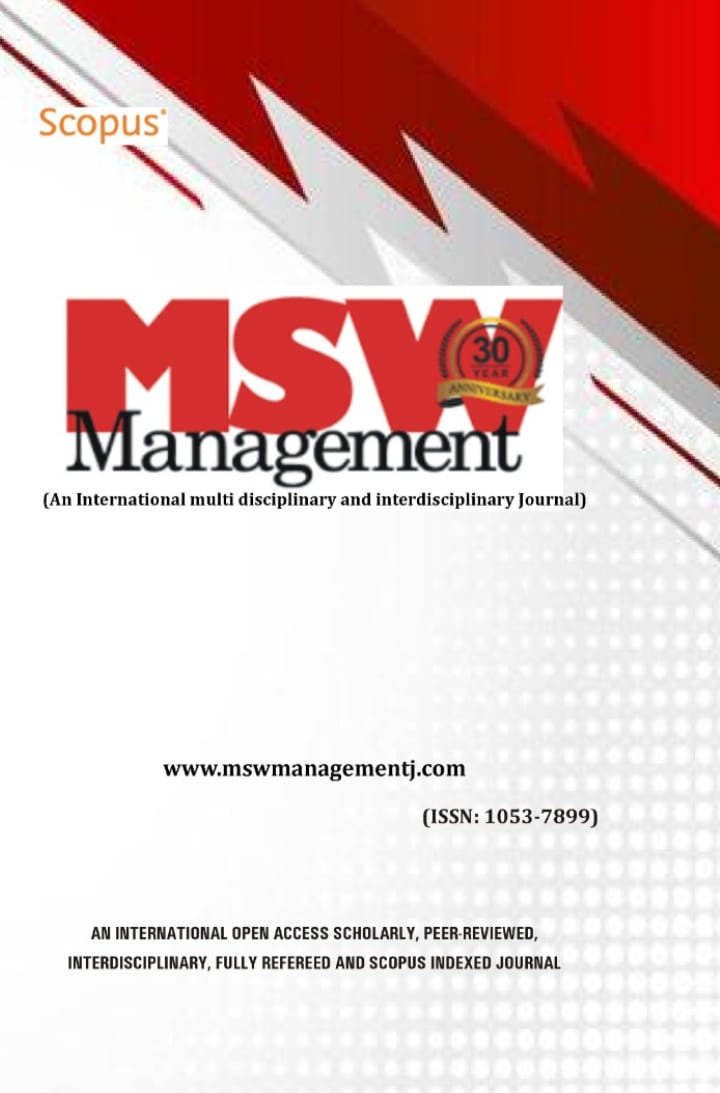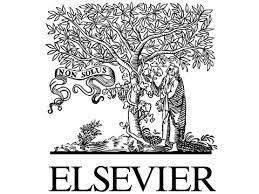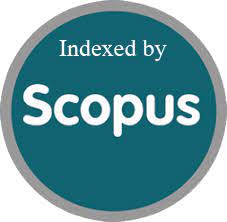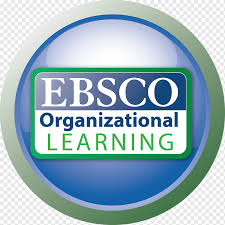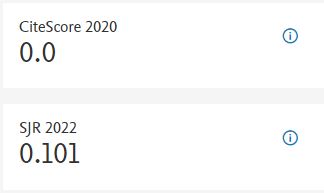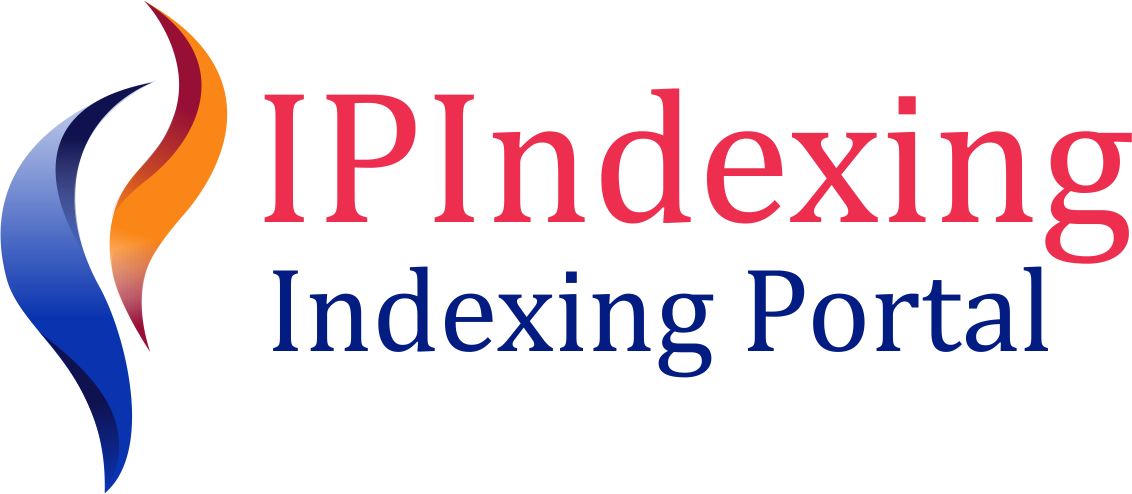A STUDY ON PROBLEMS AND PROSPECTS OF MICRO FINANCE IN KARNATAKA – AN OVERVIEW
DOI:
https://doi.org/10.7492/njbcp318Keywords:
Women, NABARD, RBI, Banking, MFIs, Karnataka.Abstract
This paper studies microfinance as a unique economic development tool that was introduced with the objective to support low-income families and women who aim to work their way out of poverty and its challenges and prospects. The microfinance industry in India, which has helped to bring financial inclusion in India in 2005 by the RBI with the objective to provide basic no-frills banking accounts for making and receiving payments and other financial products to millions of rural families and women. MFI have become a dominant player when it comes to extending smaller credit limits, with Karnataka alone seeing 1 crore loan accounts with a portfolio of Rs.46000 crores outstanding as of march 2023, as per a report by association of Karnataka microfinance institutions, the loan portfolio of microfinance institutions stood as 3.48 lakh crores with 7 crore borrowers. The sector has also been serving a crucial purpose in the Indian economy, which has been driven by many factors. Meanwhile, the Govt of Karnataka and RBI has been closely examining the sector in order to protect borrowers and lenders as a high level of financial risks is involved. Karnataka stands fifth in the country in the share of clients who opt for microfinance lending at the end of march 2022 the state had 9.4 million loan accounts covering 5.4 million unique clients as per the report by NABARD, the districts of Mysuru, Belagavi, Tumakuru, Mandya and Hassan were on top in terms of the number of loan accounts held with MFI’S.References
Adams, Dale W.; Graham, Douglas H.; Von Pischke, J. D. (1984). Undermining rural development with cheap credit. Boulder, Colorado and London: Westview Press. ISBN 9780865317680.
Armendáriz, Beatriz; Morduch, Jonathan (2010) [2005]. The economics of microfinance (2nd ed.). Cambridge, Massachusetts: MIT Press. ISBN 9780262513982.
Bateman, Milford (2010). Why doesn't microfinance work? The destructive rise of local neoliberalism. London: Zed Books. ISBN 9781848133327.
Branch, Brian; Klaehn, Janette (2002). Striking the Balance in Microfinance: A Practical Guide to Mobilizing Savings. Washington, DC: Published by Pact Publications for World Council of Credit Unions. ISBN 9781888753264.
Dowla, Asif; Barua, Dipal (2006). The Poor Always Pay Back: The Grameen II Story. Bloomfield, Connecticut: Kumarian Press Inc. ISBN 9781565492318.
Floro, Sagrario; Yotopoulos, Pan A. (1991). Informal Credit Markets and the New Institutional Economics: The Case of Philippine Agriculture. Boulder, Colorado: Westview Press. ISBN 9780813381367.
Gibbons, David S. (1994) [1992]. The Grameen reader. Dhaka, Bangladesh: Grameen Bank. OCLC 223123405.
Hirschland, Madeline (2005). Savings Services for the Poor: An Operational Guide. Bloomfield, Connecticut: Kumarian Press. ISBN 9781565492097.
Mohammad, Sikender Mohsienuddin, Cloud Computing in IT and How It’s Going to Help United States Specifically (October 4, 2019). International Journal of Computer Trends and Technology (IJCTT) – Volume 67 Issue 10 - October 2019, Available at SSRN: https://ssrn.com/abstract=3629018
Jafree, Sara Rizvi; Ahmad, Khalil (December 2013). "Women microfinance users and their association with improvement in quality of life: Evidence from Pakistan". Asian Women. 29 (4):73– 105. doi:10.14431/aw.2013.12.29.4.73.
Khandker, Shahidur R. (1999). Fighting Poverty with Microcredit: Experience in Bangladesh. Dhaka, Bangladesh: The University Press Ltd. ISBN 9789840514687.
Krishna, Sridhar (2008). Micro-enterprises: Perspectives and Experiences. Hyderabad, India: ICFAI University Press. OCLC 294882711.
Ledgerwood, Joanna; White, Victoria (2006). Transforming microfinance institutions providing full financial services to the poor. Washington, DC Stockholm: World Bank MicroFinance Network Sida. ISBN 9780821366158.
Mas, Ignacio; Kumar, Kabir (July 2008). Banking on mobiles: Why, how, for whom? (Report). Washington, DC: Consultative Group to Assist the Poor (CGAP), World Bank. SSRN 1655282. CGAP Focus Note, No. 48 PDF.
Seibel, Hans Dieter; Khadka, Shyam (2002). "SHG banking: A financial technology for very poor microentrepreneurs". Savings and Development. 26 (2): 133–150. JSTOR 25830790.
Wolff, Henry W. (1910) [1893]. People's Banks: A Record of Social and Economic Success (4th ed.). London: P. S. King & Son. OCLC 504828329.
Sapovadia, Vrajlal K. (2006). "Micro finance: The pillars of a tool to socio-economic development". Development Gateway. SSRN 955062.
Sapovadia, Vrajlal K. (19 March 2007). "Capacity building, pillar of micro finance". Social Science Research Network. doi:10.2139/ssrn.975088.
Sapovadia, M. (May 2013). "Microfinance and women's empowerment: Contemporary issues and challenges". International Journal of Innovative Research & Studies (IJIRS). 2 (5): 590–606. PDF.

